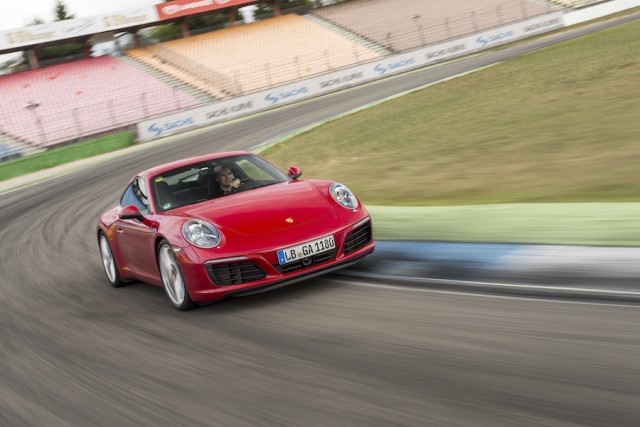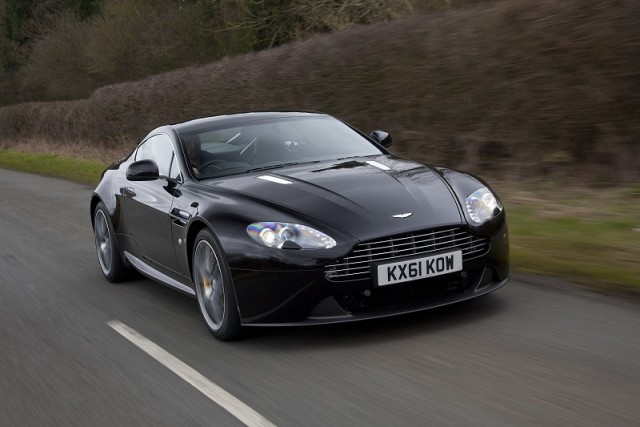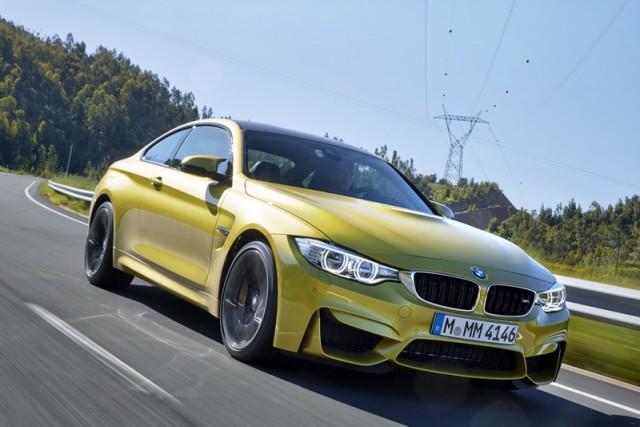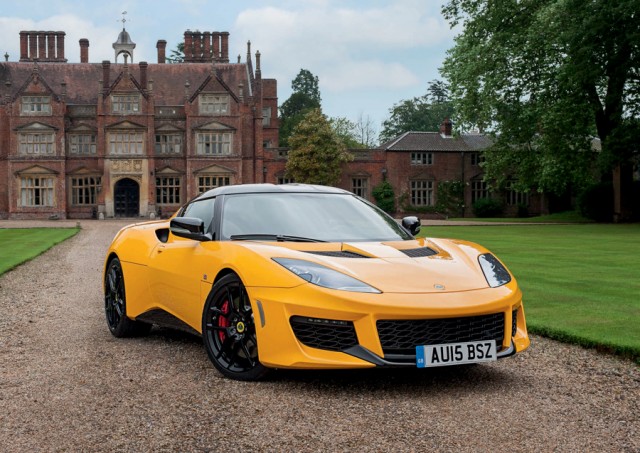Just days before the facelifted Porsche 911 makes its world debut at the Frankfurt Motor Show we get the opportunity to get up close and personal with the new Carrera and Carrera S at the Hockenheimring. Though we weren't allowed to drive the pre-production prototypes, several fast laps of the race track in the passenger seat allowed us to get a glimpse at how both variants improve upon the breed. A new twin-turbocharged engine is only part of the comprehensive story.
In the Metal
While the cars we experienced in Germany were all a bit rough and ready externally, and shorn of badging, we've already seen how the updated Porsche 911 will look and yes, it's an incredibly subtle update on the outside, but it's also a very attractive car, helped no end by a lower ride height, new alloys, restyled lights and aesthetic tweaks front and rear. The four-point daytime running lights up front give the 911 a distinctive look and the back lights are more intricate too, while even the door handle design is new.
The big news inside is the upgrading of the Porsche Communication Management (PCM) system with a much better seven-inch touchscreen interface that allows smartphone-like multi-touch gestures. The satnav uses real-time traffic information for the first time while Google Earth and Google Streetview are included in the system. Also new are Porsche Car Connect and Porsche Connect app, allowing some remote control and interaction functions. Buyers with an iPhone can also choose to upgrade to Apple CarPlay. It's a slick system that responds quickly to the touch and looks more contemporary than the outgoing item.
Also of note is the 911's new steering wheel. It's a simply round leather-wrapped affair that takes inspiration from that in the Porsche 918 Spyder and it's a joy to hold. There's a smaller diameter GT wheel on the options list and if the all-important Sport Chrono Package has also been selected then it features a new mode dial from which the driver can quickly choose Normal, Sport, Sport Plus or Individual settings. In the middle of that is an innocuous looking circular button that controls the new Sport Response system, which readies the powertrain for a burst of acceleration. Some refer to this as the 'push to pass' button.
Passenger Ride
The first model we went out on track in was as standard a 911 Carrera as you'll find, fitted with the updated seven-speed manual gearbox (only 10 per cent of 911 buyers stick with manual now, shockingly). Although it did feature the Sport Chrono Package. We started out in Normal mode and while the turbochargers were audible in the mid-range, the new 3.0-litre engine still very much sounds like a flat-six, which is good. It's a little quieter, but that can be remedied by turning the mode switch on the steering wheel to Sport. It's louder in that mode, and there are pops and bangs on the overrun introduced by the software for fun. Oddly, these are taken back out if you switch into Sport Plus mode, in a bid for maximum response.
In both of the Sport modes the manual gearbox features automatic rev-matching when you are changing down, which, as before can't be switched off by the driver. It's welcome on a challenging track like Hockenheim, which mixes high-speed straights with fiendishly tightening curves and plenty of big stops. On standard steel brakes, this car had no issues over the course of a few laps. The discs are bigger than before across the line-up, which helps, while carbon ceramic discs remain an option. Porsche Active Suspension Management (PASM) is now standard on the 911 Carrera, which brings with it a 10mm lower ride height (and presumably a lower the centre of gravity) than before. The idea is to make the base car more usable everyday yet even more capable than before on track. We'll wait until we drive it for ourselves later this year to make that call, but it certainly felt good on circuit from the passenger seat, with buckets of traction, loads of grip (the rear tyres are wider than before) and a sense of unflappable stability. It's far from anodyne though, as demonstrated by Porsche's test driver when he switched the Porsche Stability Management (PSM) system to the mid setting (Sport) and proceeded to power slide out of the tighter low-speed corners. Sure, it took provocation, but it's encouraging just how much control the electronics allow the driver.
This is all ramped up in the Carrera S model we also went out in. The increased torque is immediately obvious and it feels considerably quicker. The updated PDK dual-clutch automatic gearbox whips through changes in a seamless fashion in the normal mode or with more aggression as you go up through the settings. There wasn't really a hint of turbocharging in terms of the sounds the engine made either, though we noticed it came with the optional sports exhaust, as denoted by two centrally mounted exhaust outlets. The extra mid-range oomph means it's much easier to unstick the rear tyres, certainly on track with room to play and the traction control switched to Sport. The test car was equipped with the new active rear-axle steering system too, which should make the 911 even more manoeuvrable. This allows for a 10 per cent quicker front steering rack as well.
What you get for your Money
Our preliminary information is that the new 911 Carrera will cost from €129,713, which is little different to the car it replaces, though we'd urge prospective buyers to talk to Porsche Centre Dublin for an accurate price. The new car comes as standard with sports seats, leather upholstery, the new satnav-equipped touchscreen PCM system, dual-zone climate control, bi-Xenon headlights, a tracker and a three-year warranty and roadside assistance package. Buyers also get a driving course at the Porsche Experience Centre in Silverstone in the UK.
Summary
Our first taste of the new Porsche 911, even from the passenger seat, is enough to predict that the Germans have another hit on their hands. Yes the engine is smaller and turbocharged, replacing one of the most charismatic naturally aspirated units in the world, but the change isn't as noticeable as you might expect. Meanwhile the significant chassis tweaks broaden the repertoire of the base 911. Even the entry-level version is an astounding sports car. We can't wait to get behind the wheel for ourselves.












































